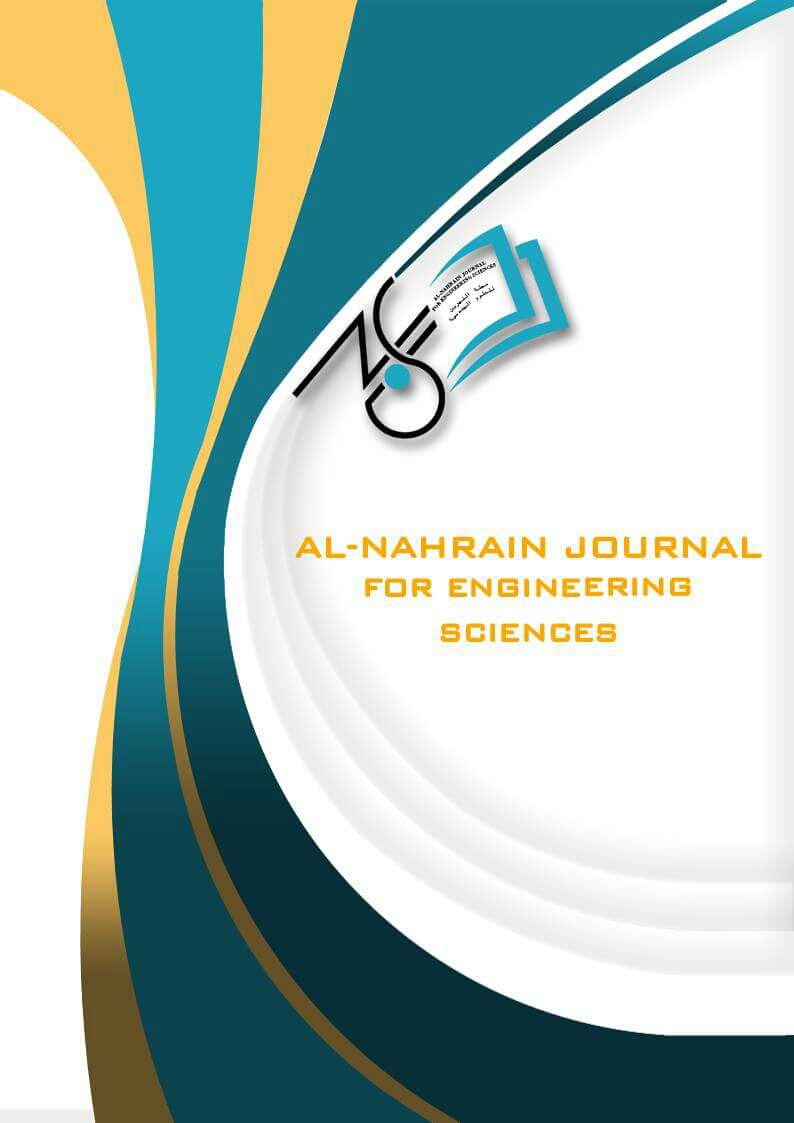Simplified Convolutional Neural Network Model for Automatic Classification of Retinal Diseases from Optical Coherence Tomography Images
DOI:
https://doi.org/10.29194/NJES.26040314Keywords:
Retinal diseases, OCT, CNN, Deep learning, Retinal diseases classificationAbstract
Optical coherence tomography (OCT) allows for direct and immediate imaging of the morphology of retinal tissue. It has become a crucial imaging modality for diagnosing eye problems in ophthalmology. One of the most significant morphological characteristics of the retina is the structure of the retinal layers, which provides important evidence for diagnostic purposes and is related to a variety of retinal diseases.
In this paper, a convolutional neural network (CNN) model is proposed that can identify the difference between a normal retina and three common macular diseases: Diabetic macular edema (DME), Drusen, and Choroidal neovascularization (CNV). This proposed model was trained and tested on an open source dataset of OCT images also with professional disease classifications such as DME, CNV, Drusen, and Normal. The suggested model has achieved 98.3% overall classification accuracy, with only 7 wrong classifications out of 368 test samples. The suggested model significantly outperforms other models that made use of the identical dataset. The final results show that the suggested model is particularly adapted to the detection of retinal disorders in ophthalmology centers.
Downloads
References
F. Li, H. Chen, Z. Liu, X. Zhang, and Z. Wu, “Fully automated detection of retinal disorders by image-based deep learning,” Graefe’s Archive for Clinical and Experimental Ophthalmology, vol. 257, no. 3, pp. 495–505, Mar. 2019, doi: 10.1007/s00417-018-04224-8.
W. Geitzenauer, C. K. Hitzenberger, and U. M. Schmidt-Erfurth, “Retinal optical coherence tomography: Past, present and future perspectives,” British Journal of Ophthalmology, vol. 95, no. 2. pp. 171–177, Feb. 2011. doi: 10.1136/bjo.2010.182170.
W. Lu, Y. Tong, Y. Yu, Y. Xing, C. Chen, and Y. Shen, “Deep learning-based automated classification of multi-categorical abnormalities from optical coherence tomography images,” Transl Vis Sci Technol, vol. 7, no. 6, Nov. 2018, doi: 10.1167/tvst.7.6.41.
S. Asif, K. Amjad, and Qurrat-ul-Ain, “Deep Residual Network for Diagnosis of Retinal Diseases Using Optical Coherence Tomography Images,” Interdiscip Sci, Dec. 2022, doi: 10.1007/s12539-022-00533-z.
S. Naz, T. Hassan, M. U. Akram, and S. A. Khan, “A practical approach to OCT based classification of Diabetic Macular Edema,” Proceedings - International Conference on Signals and Systems, ICSigSys 2017, pp. 217–220, Jun. 2017, doi: 10.1109/ICSIGSYS.2017.7967044.
S. Najeeb, N. Sharmile, M. Sajid Khan, I. Sahin, M. Tariqul Islam, and M. Imamul Hassan Bhuiyan, “Classification of Retinal Diseases from OCT scans using Convolutional Neural Networks,” 2018.
K. A. Nugroho, “A Comparison of Handcrafted and Deep Neural Network Feature Extraction for Classifying Optical Coherence Tomography (OCT) Images,” Sep. 2018, [Online]. Available: http://arxiv.org/abs/1809.03306
D. S. Kermany et al., “Identifying Medical Diagnoses and Treatable Diseases by Image-Based Deep Learning,” Cell, vol. 172, no. 5, pp. 1122-1131.e9, Feb. 2018, doi: 10.1016/j.cell.2018.02.010.
A. Tayal, J. Gupta, A. Solanki, K. Bisht, A. Nayyar, and M. Masud, “DL-CNN-based approach with image processing techniques for diagnosis of retinal diseases,” in Multimedia Systems, Aug. 2022, vol. 28, no. 4, pp. 1417–1438. doi: 10.1007/s00530-021-00769-7.
D. Kermany, K. Zhang, and M. Goldbaum, “Labeled Optical Coherence Tomography (OCT) and Chest X-Ray Images for Classification,” vol. 2, 2018, doi: 10.17632/RSCBJBR9SJ.2.
A. A. Almindelawy and M. H. Ali, “Improvement of Eye Tracking Based on Deep Learning Model for General Purpose Applications,” Al-Nahrain Journal for Engineering Sciences, vol. 25, no. 1, pp. 13–19, Apr. 2022, doi: 10.29194/njes.25010012.
A. Abed, E. Fawzi, and S. S. A. Naser, “Retina Diseases Diagnosis Using Deep Learning,” 2022. [Online]. Available: www.ijeais.org/ijaer
M. Jahid Hasan Hajee Mohammad and M. Shahin Alom Hajee Mohammad, “Classification Performance Analysis of Retinal OCT Image using Handcrafted and Deep Learning Feature with Support Vector Machine,” 2021. [Online]. Available: https://www.researchgate.net/publication/351925377
R. K. Ara, A. Matiolański, A. Dziech, R. Baran, P. Domin, and A. Wieczorkiewicz, “Fast and Efficient Method for Optical Coherence Tomography Images Classification Using Deep Learning Approach,” Sensors, vol. 22, no. 13, Jul. 2022, doi: 10.3390/s22134675.
Z. Ma, Q. Xie, P. Xie, F. Fan, X. Gao, and J. Zhu, “HCTNet: A Hybrid ConvNet-Transformer Network for Retinal Optical Coherence Tomography Image Classification,” Biosensors (Basel), vol. 12, no. 7, Jul. 2022, doi: 10.3390/bios12070542.
Chan, G.C., Muhammad, A., Shah, S.A., Tang, T.B., Lu, C.K. and Meriaudeau, F., 2017, September. Transfer learning for diabetic macular edema (DME) detection on optical coherence tomography (OCT) images. In 2017 IEEE international conference on signal and image processing applications (ICSIPA) (pp. 493-496). IEEE.
S. A. Kamran, S. Saha, A. S. Sabbir, and A. Tavakkoli, “Optic-Net: A Novel Convolutional Neural Network for Diagnosis of Retinal Diseases from Optical Tomography Images,” Oct. 2019, doi: 10.1109/ICMLA.2019.00165.
Downloads
Published
Issue
Section
License
Copyright (c) 2024 Noor Basim, hadeel Aljobouri, Mohammed Suhail, Ilyas Çankaya

This work is licensed under a Creative Commons Attribution-NonCommercial 4.0 International License.
The authors retain the copyright of their manuscript by submitting the work to this journal, and all open access articles are distributed under the terms of the Creative Commons Attribution-NonCommercial 4.0 International (CC-BY-NC 4.0), which permits use for any non-commercial purpose, distribution, and reproduction in any medium, provided that the original work is properly cited.














